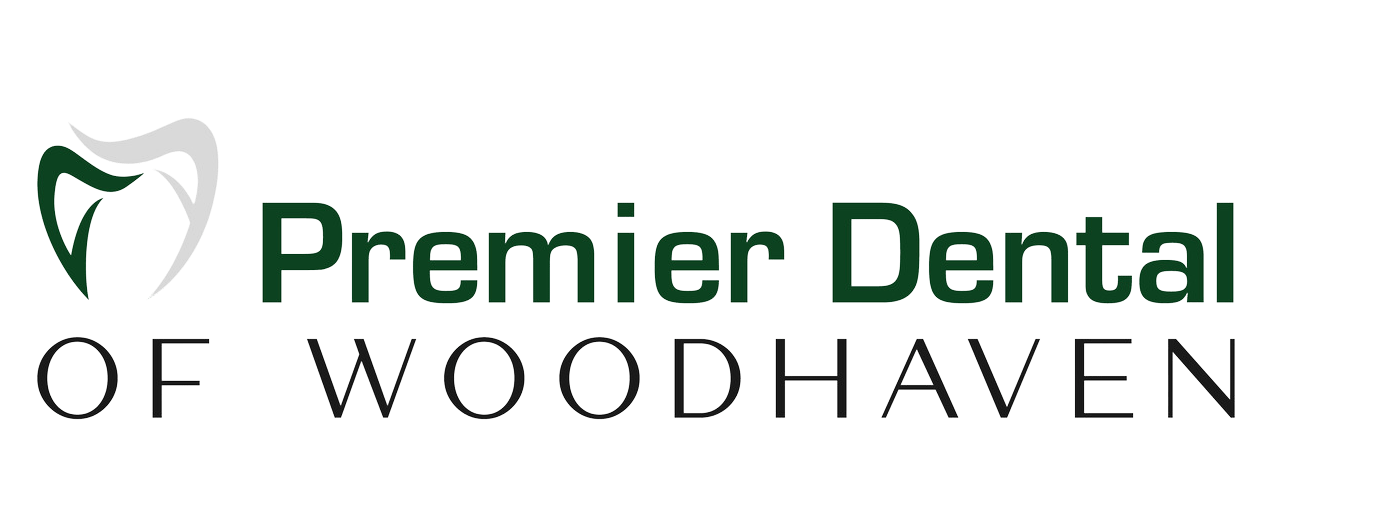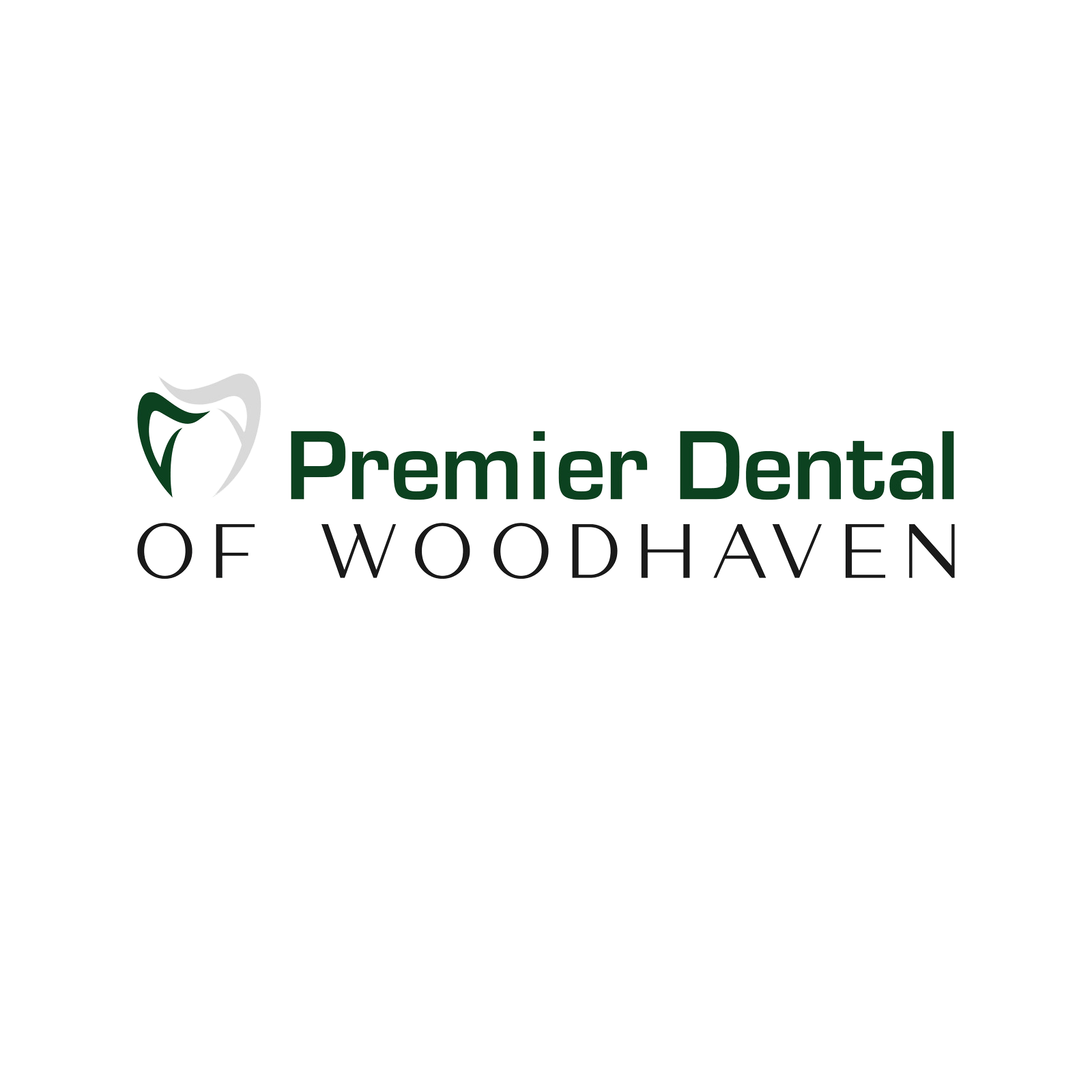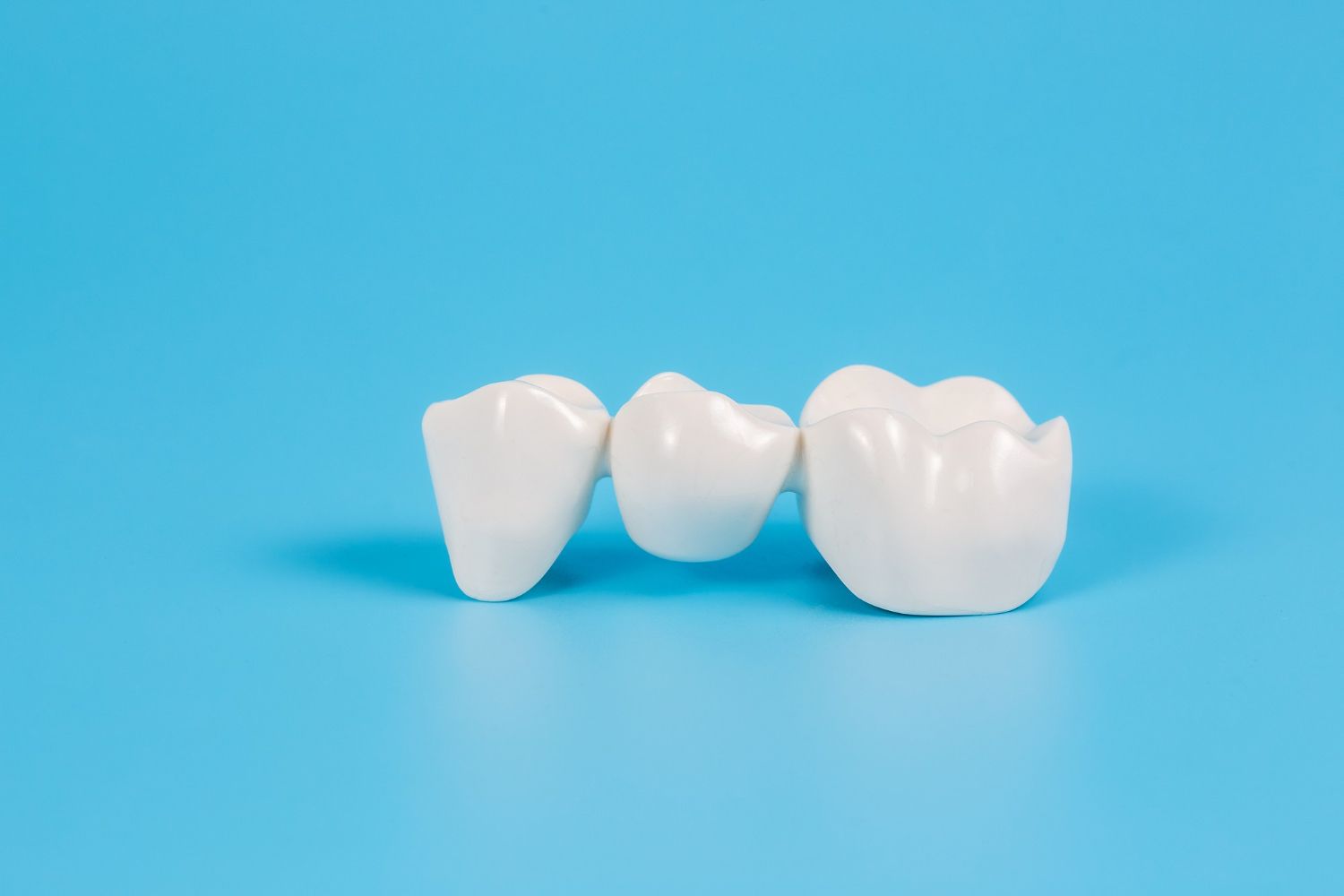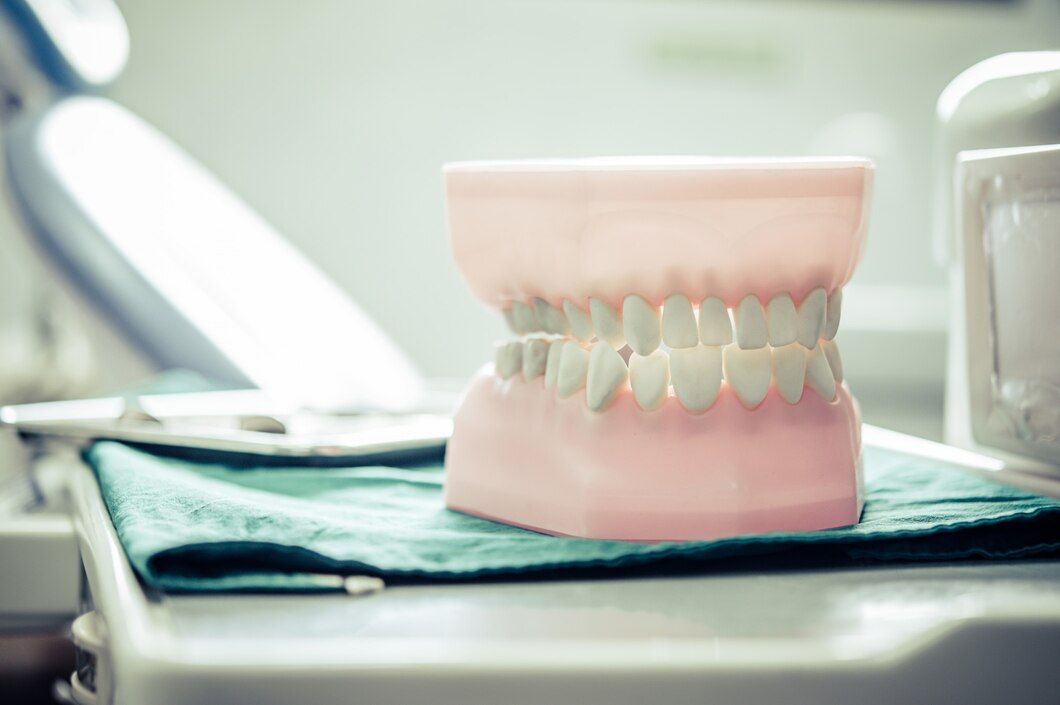Benefits of Getting a Crown: Explaining the Steps You Need to Take
Getting a dental crown can seem like a big step, but it is a common and effective way to protect and restore your teeth. A dental crown is a custom-made cap that fits over a tooth, covering it completely. This helps strengthen the tooth and improve its appearance. If you live in Woodhaven, NY, and need a dental crown, knowing what to expect can make the process smoother and less stressful.
Dental crowns are often recommended when a tooth is damaged, cracked, or decayed but still has enough structure to support a cap. Crowns can also be used after a root canal treatment or to hold a dental bridge in place. They are made from different materials, such as porcelain, metal, or a combination of both, each offering unique benefits.
Understanding Dental Crowns: The Basics
What Is a Dental Crown?
A dental crown is a custom-made cap that covers a damaged or decayed tooth. It restores the tooth’s shape, size, and function. Crowns can be made from various materials such as porcelain, metal, or ceramic. When placed over a tooth, a crown helps protect it and improve its appearance. This makes it a common solution for many dental problems. The crown fully encases the visible portion of the tooth, ensuring that the underlying structure is secure and strong.
When Do You Need a Crown?
You might need a dental crown for several reasons. If you have a large cavity that is too big for a filling, a crown offers a sturdy solution. Teeth that are cracked, weakened, or heavily worn down can also benefit from a crown. After a root canal, a crown is often necessary to protect the treated tooth. Additionally, crowns can be used to improve the look of discolored or misshapen teeth. They also play a key role in dental bridges, where they help secure the bridge to adjacent teeth.
Types of Dental Crowns
There are different types of dental crowns, and each type has its advantages. Porcelain crowns are popular because they match the color of natural teeth, making them a good choice for front teeth. Metal crowns, made from gold or other alloys, are very durable and suitable for molars that do the heavy lifting when chewing. Porcelain-fused-to-metal crowns offer a balance of strength and aesthetics. They have a metal base covered with a porcelain layer, giving them a natural appearance while maintaining durability. Ceramic crowns are another option, providing a metal-free solution that blends well with natural teeth.
Steps to Getting a Dental Crown
Initial Examination and Consultation
The first step in getting a dental crown is an initial examination and consultation. During this visit, your dentist will examine your teeth and take X-rays to check the extent of the damage or decay. This helps determine if a crown is the best treatment option. Your dentist will discuss the different types of crowns available and recommend the one that best suits your needs. This consultation is also a good time to ask any questions you may have about the procedure.
Tooth Preparation
In the next step, the tooth receiving the crown must be prepared. The dentist will numb the area around the tooth to ensure you are comfortable during the process. Then, the tooth is reshaped by removing a portion of the enamel to accommodate the crown. If a large area of the tooth is missing due to damage or decay, the dentist may build up the tooth with filling material to provide a solid foundation for the crown. This step ensures that the crown will fit properly and look natural.
Impression and Temporary Crown
After the tooth is prepared, your dentist will take an impression of the reshaped tooth and the surrounding teeth. This impression is sent to a dental lab where the permanent crown is custom-made to fit your mouth. The process usually takes a couple of weeks. In the meantime, a temporary crown is placed over the prepared tooth to protect it. This temporary crown allows you to use the tooth while you wait for the permanent crown. It's essential to be cautious with the temporary crown, avoiding sticky or hard foods that could dislodge it.
Placement of the Permanent Crown
Once the permanent crown is ready, you will return to the dentist’s office for placement. First, the dentist will remove the temporary crown and check the fit and color of the new permanent crown. Adjustments may be made to ensure a perfect fit. Once satisfied, the dentist will numb the area again and permanently cement the crown in place. The dentist will then check your bite and make any final adjustments to ensure that the crown feels comfortable and functions just like a natural tooth.
Benefits of Getting a Dental Crown
Protection and Strength
Dental crowns offer significant protection and strength to damaged or weakened teeth. By covering the entire visible portion of the tooth, a crown shields it from further damage and helps prevent future problems. This is especially important for teeth that have undergone a root canal or have large fillings that compromise their structure. Crowns provide the support needed to handle the pressure from chewing and biting, ensuring your teeth remain functional and healthy.
Improved Appearance
One of the main benefits of getting a dental crown is the improvement in your smile’s appearance. Crowns are custom-made to match the color, size, and shape of your natural teeth, allowing them to blend seamlessly with your smile. This makes them an excellent option for restoring teeth that are discolored, misshapen, or otherwise visually unappealing. By enhancing the look of your teeth, crowns can boost your confidence and help you feel better about your overall appearance.
Longevity and Durability
Dental crowns are made from durable materials designed to last for many years, making them a long-term solution for tooth restoration. With proper care, crowns can last anywhere from 10 to 15 years or even longer. This longevity makes them a cost-effective option for maintaining dental health. The durability of crowns means you can continue to enjoy normal activities like eating and speaking without worrying about damaging the restored tooth. By investing in a dental crown, you invest in a durable and lasting solution for your dental needs.
Caring for Your Dental Crown
Daily Oral Hygiene Tips
Taking care of your dental crown is important to ensure its longevity. Brush your teeth at least twice a day using a soft-bristle toothbrush and fluoride toothpaste. Make sure to clean around the crown carefully to prevent plaque buildup. Floss daily to remove food particles and plaque from between your teeth and around the crown. Some dentists recommend using an interdental brush or a water flosser for better cleaning in hard-to-reach areas. Good oral hygiene helps keep both your crown and natural teeth in excellent condition.
Foods to Avoid
While dental crowns are strong, certain foods can still cause damage. Avoid eating very hard foods like ice, hard candies, and nuts, which can crack or break the crown. Sticky foods like caramel and gummy candies can dislodge the crown or get stuck around it, making cleaning difficult. Chewing on non-food items like pens or fingernails can also harm the crown. By being mindful of what you eat, you can protect your crown and prolong its life.
Regular Dental Check-Ups
Regular dental check-ups are essential for maintaining your dental crown. Schedule visits to your dentist at least twice a year to have your crown and the surrounding teeth examined. During these check-ups, your dentist will ensure that the crown is intact and functioning properly. Professional cleanings help remove plaque and tartar buildup, which cannot be eliminated by regular brushing and flossing alone. Regular visits allow your dentist to detect any potential issues early, keeping your crown and natural teeth in the best possible health.
Conclusion
Getting a dental crown is an effective way to restore and protect a damaged tooth. From the initial consultation to the final placement, the process is straightforward and designed to provide maximum benefits. Crowns not only strengthen your teeth but also enhance your smile and boost your confidence. Their durability makes them a wise investment in your dental health.
Proper care of your dental crown through good oral hygiene, mindful eating, and regular dental check-ups will ensure it lasts for many years. If you are considering a dental crown, understanding the steps and benefits can help you make an informed decision about your dental care.
Ready to improve your smile with a dental crown or other
restorative treatment? Schedule an appointment with Premier Dental of Woodhaven today. Our
dentist in Woodhaven is here to provide expert care and help you achieve a healthy, beautiful smile!














